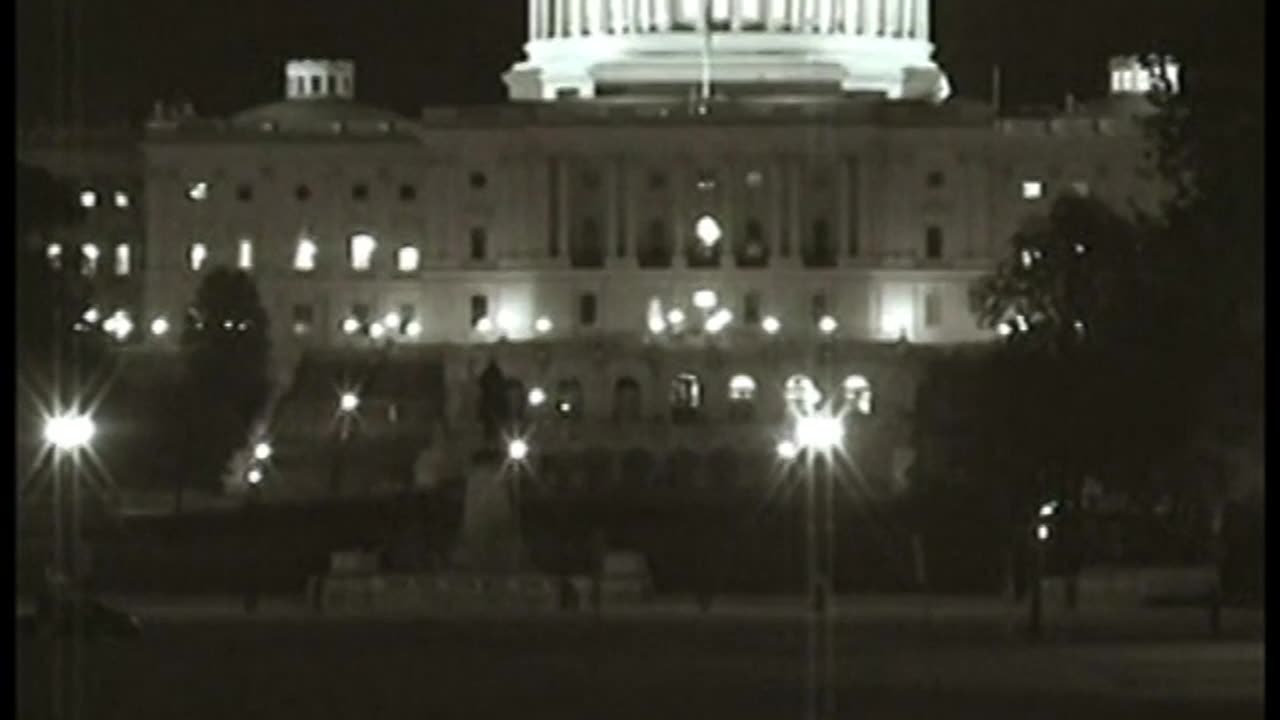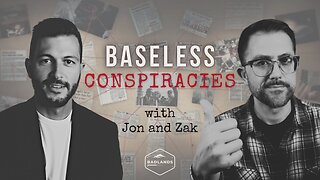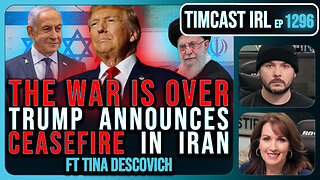Premium Only Content

The Power of Nightmares: Baby, It's Cold Outside
The first part of the series explains the origin of Islamism and Neo-Conservatism and draws the parallels between the two of their optimistic visions to change the world by force. It shows Egyptian civil servant Sayyid Qutb, depicted as the founder of modern Islamist thought, visiting the United States to learn about the education system, but becoming disgusted with what he saw as a corruption of morals and virtues in western society through consumerism. When he returns to Egypt, he is disturbed by the rampant westernisation and becomes convinced that in order to save the culture, it must be completely restructured along the lines of Islamic law. He also becomes convinced that this can only be accomplished through the use of an elite vanguard to lead a revolution against the established order. Qutb becomes a leader of the Muslim Brotherhood and, after being tortured in one of Nasser’s jails, is moved to state that western-influenced leaders can justly be killed for the sake of removing their corruption. Qutb is executed in 1966, but he influences the future mentor of Osama bin Laden, Ayman al-Zawahiri, to start his own Islamist group. Inspired by the 1979 Iranian revolution, Zawahiri and his allies assassinate Egyptian president Anwar Al Sadat in 1981, in the hopes of starting their own revolution. The revolution does not materialise and Zawahiri comes to believe that the majority of Muslims have been corrupted not only by their western-inspired leaders, but Muslims themselves have been affected by jahilliyah and thus both may be legitimate targets of violence if they do not join him. They continued to have the belief that a vanguard was necessary to rise up and overthrow the corrupt regime and replace with a pure Islamist state. At the same time in the United States, a group of disillusioned liberals, including Irving Kristol and Paul Wolfowitz, look to the political thinking of Leo Strauss after the perceived failure of President Johnson’s so-called “Great Society.” They come to the conclusion that the emphasis on individual liberty was the undoing of the plan. They envisioned restructuring America by uniting the American people against a common evil, and set about creating a mythical enemy. These factions, the Neo-Conservatives, came to power under the Reagan administration, with their allies Dick Cheney and Donald Rumsfeld, and work to unite the United States in fear of the Soviet Union. The Neo-Conservatives allege the Soviet Union is not following the terms of disarmament between the two countries, and, with the investigation of “Team B”, they accumulate a case to prove this with dubious evidence and methods.
-
 LIVE
LIVE
Inverted World Live
2 hours agoGiant Eyeball Falls Out of Sky | Ep. 63
7,524 watching -
 LIVE
LIVE
Badlands Media
7 hours agoBaseless Conspiracies Ep. 138
5,579 watching -
 LIVE
LIVE
TimcastIRL
3 hours agoTHE WAR IS OVER, Trump Announces CEASEFIRE In Israel Iran War | Timcast IRL
10,853 watching -
 LIVE
LIVE
RalliedLIVE
5 hours ago $4.23 earnedMonday WZ - Specialist Addict Gets Wins
782 watching -
 LIVE
LIVE
SpartakusLIVE
3 hours agoSpart RETURNS || The Masses REJOICE
483 watching -
 2:54:15
2:54:15
Barry Cunningham
4 hours agoBREAKING NEWS: THERE'S SO MUCH WINNING FOR PRESIDENT TRUMP AND AMERICA TONIGHT!!
36K26 -
 LIVE
LIVE
Adam Does Movies
1 day ago $2.80 earnedIs 28 Years Later A Good Movie? - Live Debate
273 watching -
 LIVE
LIVE
Spartan
6 hours agoPro Halo Player | Sens Crisis Grind | Ranked Arena, Probably SWTOR at some point
114 watching -
 LIVE
LIVE
7ninja7
1 hour agoIF u have time just say HI
46 watching -
 1:52:40
1:52:40
RiftTV/Slightly Offensive
8 hours agoIran ATTACKS U.S. Airbases in Qatar, Escalation IMMINENT? | The Rift | Guest: Liz Crokin
37K12